#FuelEconomy
No Fixed Abode: Fear of a $160 Planet
It sounds like a sci-fi novel, or maybe even a Fredrick Forsyth knockoff written during the Seventies heyday of Cold War action/adventure books: Six Months of the Equinox. You can imagine the plot, right? Something happens to freeze the planet’s orbit at a certain point. The seasons stop. Mayhem ensues. There’s a machine that might be able to restart the orbit, but a cabal of Russian oligarchs makes a plan to seize it. Only one man — let’s call him Chest Rockwell — can save us.
The reality behind the title is nearly as frightening: It’s the half-year that my current wife, known to all and sundry as Danger Girl even though (SPOILER ALERT) she is actually old enough to vote, traded in one of her Tahoes for a Chevrolet crossover in an attempt to balance her budget. This is the kind of thing that I typically associate with bubbleheads who can’t do math, but Danger Girl is a CPA with extensive financial training. Was she right to do it? It’s a relevant question, because — as you’ll see below — it’s one that we could all be asking ourselves three years from now.
Can an Electric Car Really Save You Money? It Depends on Where You Live
The automotive industry’s gradual shift toward electric vehicles is primarily influenced by global fuel economy mandates. A happy side effect is that consumers benefit from having access to vehicles offering better overall efficiency. This translates into lower running costs and some real savings — once EVs come down in price.
However, there are instances where it might still be cheaper to run a plain Jane internal combustion unit. A new study from the University of Michigan’s Sustainable Worldwide Transportation group explores exactly how cost-effective electric vehicles are and how fuel efficient an internal combustion model would need to be to become the cheaper alternative. The answer, as it turns out, has a lot to do with where you live.
Ford Dishes Specs on New 3.0-liter Diesel F-150
Not willing to cede any pickup ground to its rivals, Ford Motor Company will soon open orders for a light-duty diesel pickup. Under the hood of its F-150, the Blue Oval’s new 3.0-liter Power Stroke diesel V6 promises class-leading fuel economy (in a very small class) and greater towing capacity than its Fiat Chrysler competitor.
The model’s trailer-yanking potential is the result of the latest battle in the great, ongoing Torque War.
Won't Get Fueled Again: AAA Testing Suggests Premium Gas, for the Most Part, Isn't Worth Your Cash
Most readers of this site know exactly what an octane rating is and how it relates to the bang it provides in an engine. Hauling up to the pumps and being presented with a choice of everything from 87 to race gas is one of the benefits of living in America.
Higher octane fuel is more expensive than other grades and the gulf between regular and super-duper-extra premium is steadily increasing. Is it worth “treating” your car to a tank of high octane every now and then? The American Automobile Association says absolutely not — and they have the testing to back it up.
The 2018 E-Pace Drinks More Than Its Bigger Brother
Just to clear things up right off the bat, Jaguar’s newest model, the E-Pace, is not the brand’s upcoming electric sport crossover. That’s the I-Pace. Because “I” stands for … ions, we presume.
No, the E-pace is the smaller answer to Jag customers looking for something less than an F-Pace, but not too much less. Riding on the Range Rover Evoque platform, the E-Pace boasts less overhang and a shorter overall length, while retaining the styling cues and handling of its popular larger sibling. However, despite being smaller in most dimensions, there’s one area where it actually tops the F-Pace: in consumption of fuel.
How Many Gas Pumps Can a Stinger Pass? Kia Releases EPA Info
When I was in California this week to drive the all-new Kia Stinger, there was one key specification question that went unanswered – fuel economy. That’s because the numbers were being finalized as we sat in the press briefing.
Now we know the numbers, at least by the American standard.
Compression Test: Infiniti Set to Unveil a Variable Compression Engine
We’ve mused on Infiniti’s Variable Compression Engine in the past, calling it everything from a chameleon to the holy grail. Its killer app? The ability to changes the distance the pistons travel in their cylinders by as much as 6 mm, or about a quarter of an inch.
Why is this important? Because it is, arguably, the first major change to the workings of a internal combustion engine in more than a century.
Nissan Looks Ready to Bring E-Power to Its American Fleet
There’s no confirmation just yet, but all signs are pointing to the eventual introduction of Nissan’s novel e-Power hybrid system in its U.S. lineup.
We say “novel” because the system isn’t like any gas-electric setup currently on the road. Think of it as a way to cheaply reduce emissions without the worries of limited electric range or the expense of bulky battery packs. Instead, think of the car as a little ship.
EPA Ratings Appear for the New Jeep Wrangler
The program for Jeep’s new Wrangler has had more leaks than a screen door on a submarine, from the leak of its owner’s manual and standard options list to the discovery by our own Bozi Tatarevic of potential power numbers for the JL’s new turbocharged mill.
Always of interest to new-car shoppers are the official fuel economy ratings. Such numbers just appeared for the new Wrangler on the EPA’s website, leaving only the texture on underside of the JL driver’s seat as a surprise for its big reveal at the L.A. Auto Show later this year.
The New Thriftpower? EPA Says Less-thirsty 2018 Ford Expedition Tops Its Class
There’s nothing quite as uncertain as that little number staring at you from the window sticker of a new vehicle. It’s two digits long (unless you’re fabulously rich), followed by the word “combined.” We’re talking, of course, about the Environmental Protection Agency’s fuel economy rating, which often turns out to be an impossible-to-reach goal or — if you’re lucky — a lowballed figure.
Back in the days of lapels and flares, the hot gas mileage action was found in the compact and subcompact class. Economy cars, after all. Well, people these days prefer driving a vehicle that seats at least five adults in comfort while towing a boat and hauling 65 pounds of kid’s toys and a dog in the rear cargo area. With the heyday of the cheap little car long gone, the (fuel) economy battle rages anew among the largest, and most lucrative, vehicles on the road.
So, do you believe the EPA when it says the massive 2018 Ford Expedition gets 20 miles per gallon combined?
Despite Technology Boost, Ford F-150's New Base Engine Still Guzzles More Gas Than the Upgrade
Think of the Ford F-150 pickup and one’s mind immediately turns to an excellent pair of EcoBoost V6 engines with 2.7 and 3.5 liters of displacement. And why wouldn’t you? Together, Ford’s twin-turbocharged V6 twins make up three-quarters of the model’s engine share. These beauties are the last word in full-size pickup torque, though the 2.7-liter is a wanderer that finds deserving homes in such models as the Ford Edge, Lincoln MKX, and Ford Fusion Sport.
For 2018, both EcoBoost engines see some refinements, but buyers of F-150 XL and XLT pickups won’t see either if they leave those option boxes unchecked. In a bid to increase fuel efficiency across the lineup, 2018 sees the introduction of a naturally aspirated 3.3-liter V6 in low-rung trims, replacing the previous 3.5-liter unit.
There’s no shortage of technology at work with the new 3.3, but it can’t match the fuel economy of the closest available engine upgrade.
Scientists Reveal What We Already Knew: Economy Cars and Gas Guzzlers Love Each Other
Picture a suburban street in an average middle class neighborhood. In each driveway sits two vehicles, as tradition states no modern American suburban family can make do with just one. Think about those two vehicles for a minute now.
Are they evenly matched? In other words, are they the same size? Do they fulfill the same requirements laid out by a single segment? Doubtful, and your mind’s eye already made this clear. One’s a Safari or Caprice wagon, the other’s a Datsun 210. One’s a Corolla, the other, a Suburban. A Focus and an F-150, and so on.
Does owning an economy car compel new car buyers to splurge when new-car buying time rolls around? Logic, and now science, says yes.
Proposed Legislation Would Make It Easier for Automakers to Meet Efficiency Requirements
A bipartisan pair of congressional representatives from Michigan are proposing a new bill, the Fuel Economy Harmonization Act, that would aid automakers in complying with federal fuel efficiency requirements. Introduced on Wednesday, the bill would extend the life of fuel economy credits that are set to expire in five years and raise the ceiling on transferrable credits between car and truck fleets. Under the proposal, manufacturers could also be given additional credits for lowering fleet-wide emissions under new metrics.
Penning the bill, congresspersons Fred Upton (Republican) and Debbie Dingell (Democrat) said they believed the automotive industry would benefit from having a single set of fuel rules. The bill suggests rolling the NHTSA’s Corporate Average Fuel Economy (CAFE) and the EPA’s light-duty vehicle Greenhouse Gas Emissions mandates into one cohesive program.
While economy mandates have been growing, nationwide fuel consumption has still gone up. Likewise, the average mpg of cars sold in the United States hasn’t changed much over the last three years. With pump prices remaining low, consumers have flocked to less-efficient models like crossovers and SUVs.
While Not Yet Official, Fuel Economy's on the Rise in the Ford Mustang Stable
Those Ford Mustang owners. Obsessed with just one thing — a feverish, burning desire to consume as little gasoline as possible.
No, that can’t be right. Mustang buyers know what they want when purchasing the original pony car, and it usually involves the velocity of wind through one’s hair. Ford Motor Company, however, doesn’t have the luxury of such simple-mindedness. For a number of reasons, the largest of them being regulatory, the automaker requires its newest vehicles to burn less fuel than the previous generation.
The 2018 Mustang is no different. For the coming model year, the massaged and freshened Mustang promises owners less time spent at the gas pump.
GMC Expands Fuel-saving Sierra 1500 Option to the Rest of the USA
As Fiat Chrysler’s Ram division enjoys wearing the full-size pickup fuel economy crown with its now-legal-again 1500 EcoDiesel, and as Ford throws turbo V6s and 10-speed automatics at everything, what’s General Motors supposed to do to greenwash its truck fleet?
Easy. Simply offer customers in all 50 states a rare option previously available only in California.




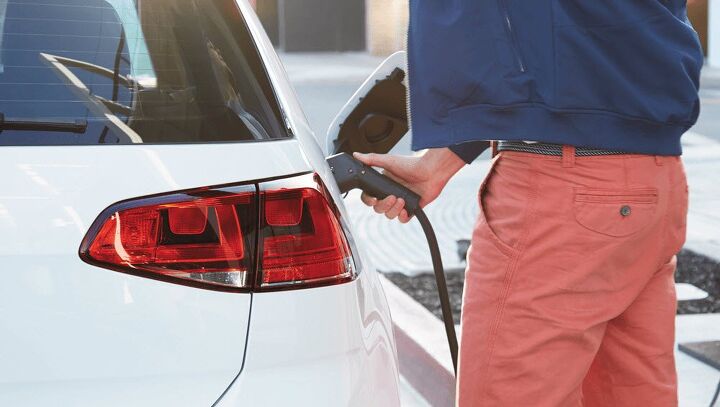



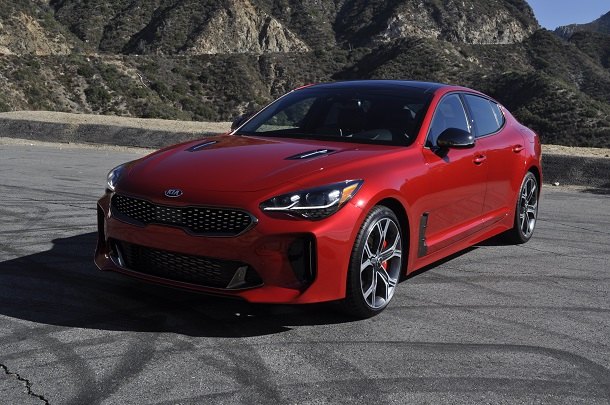
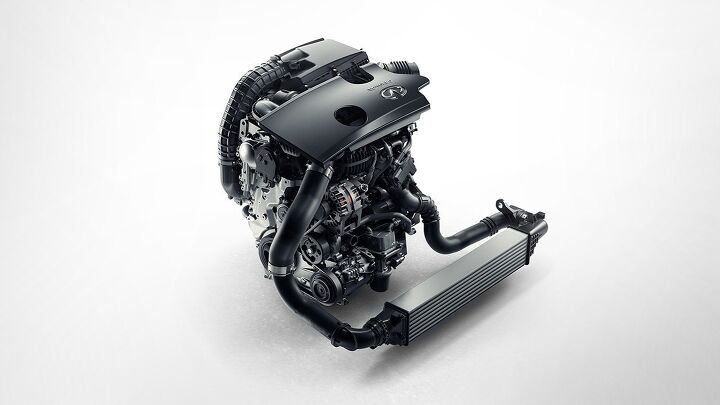


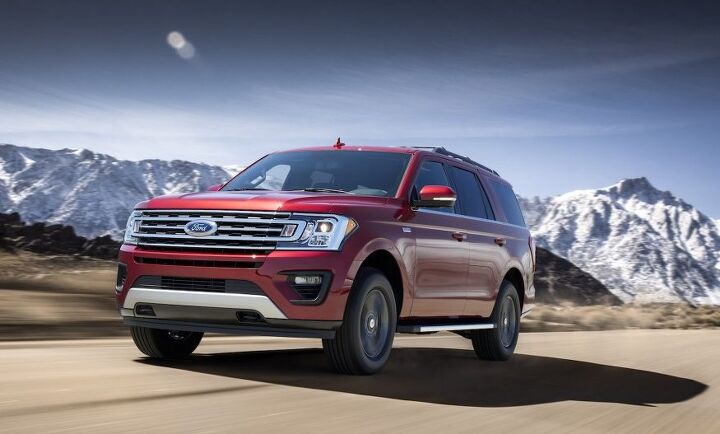



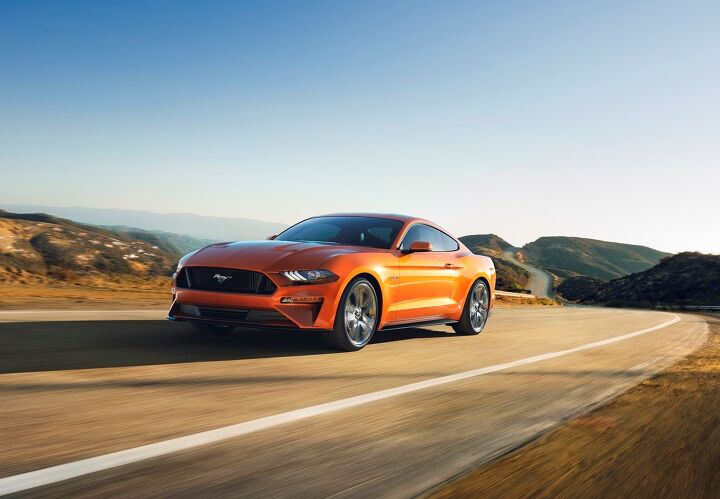













Recent Comments